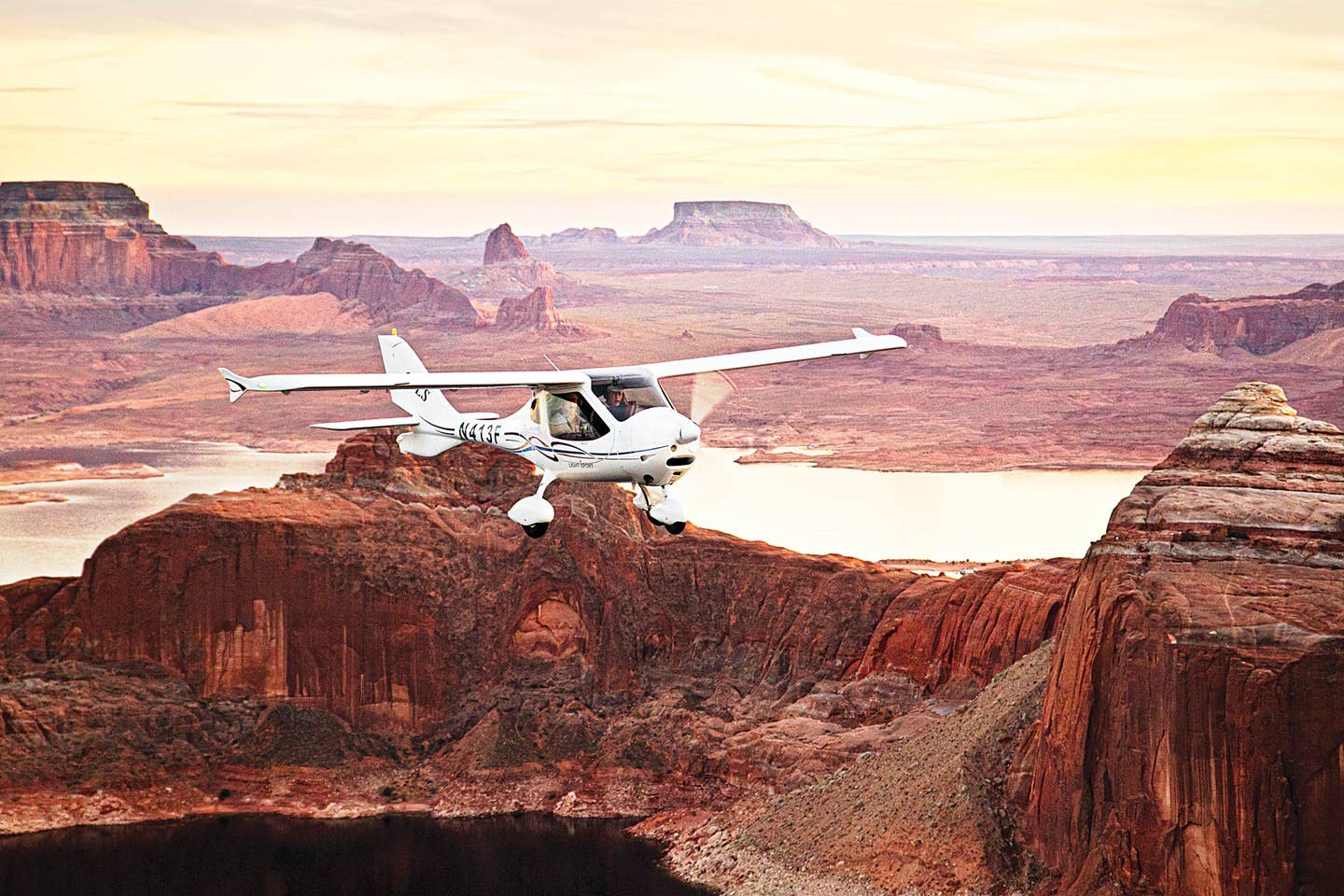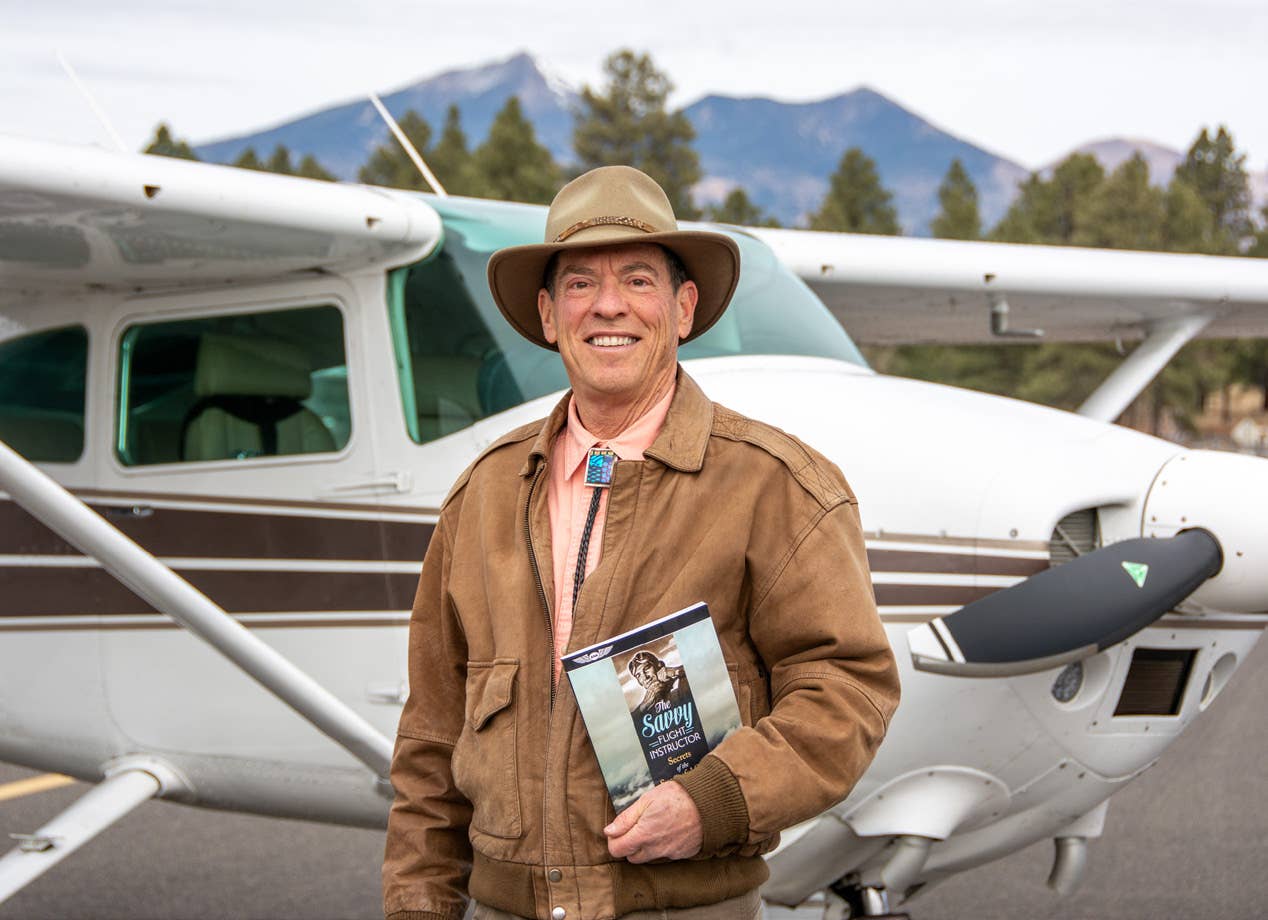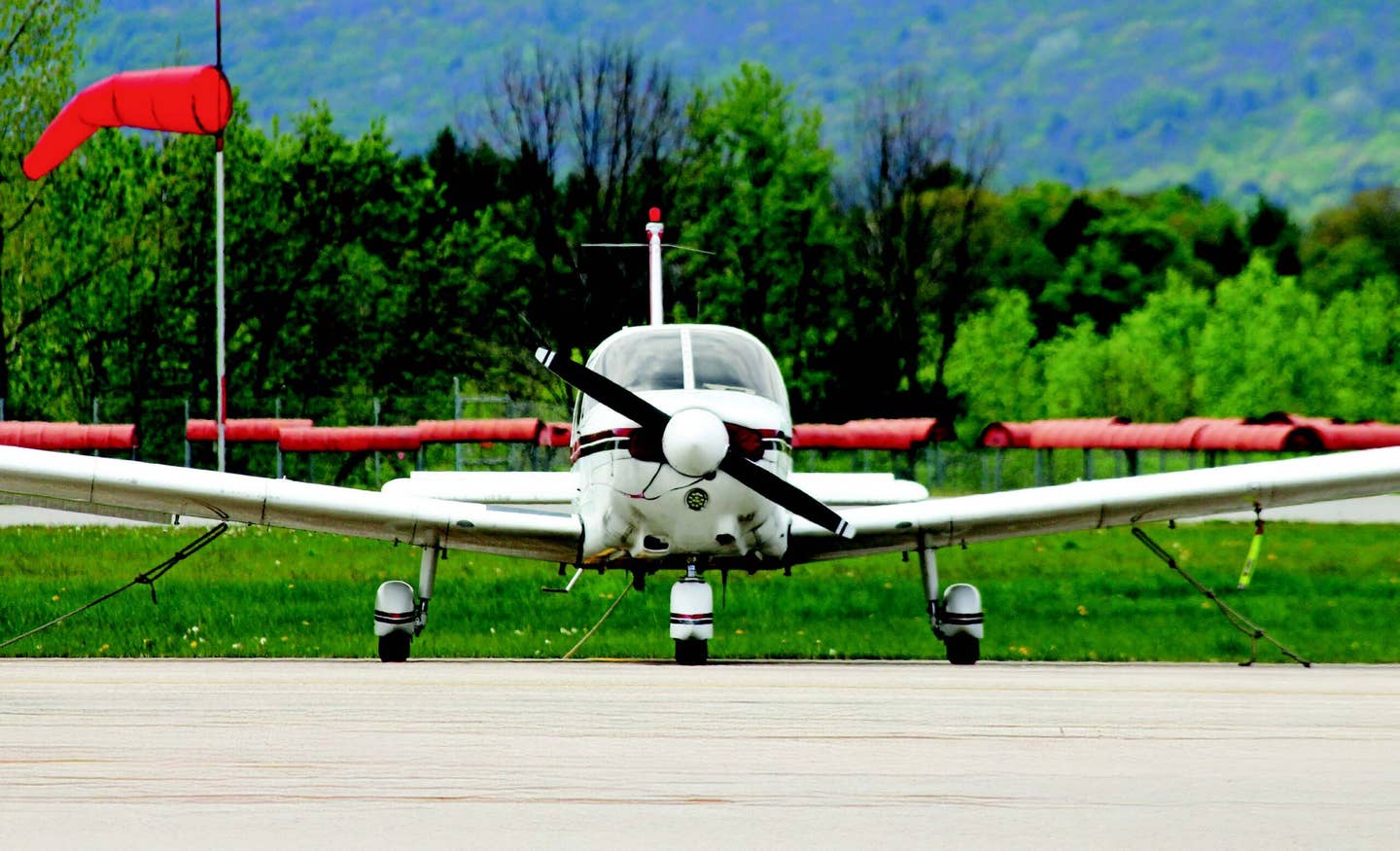
We show you how to save money and time flying sport aircraft. Flight Design
Flying may be a dream you’ve had since childhood, or maybe it represents a new challenge later in life waiting to be conquered. You know it will be exhilarating to enjoy the freedom general aviation will give you, but you may think the cost of such freedom is out of reach.
While the privileges that come with earning a private pilot certificate—commonly referred to as a pilot’s license—offer a level of operational capabilities that can maximize your flying experience, the sport pilot certificate may be the perfect way to begin your training now, at costs significantly less than what you believe it would take to learn to fly.
Yes, there will be some operational limitations with flying on a sport pilot certificate. You cannot fly at night or in some of the busiest US airspace without additional training and instructor endorsements, and you can’t fly higher than 10,000 feet or fly in the pursuit of business. You can, however, fly some of the most technologically advanced aircraft being sold today and bring one passenger along with you. The sport pilot certificate is an affordable first step into the sky that brings much of the joy of a private certificate—with less training time and costs. Many people who have an interest in learning to fly have no idea they can start flying light-sport airplanes for about the same cost as a nice mountain bike or a ski week in Colorado.
According to Robert Bash—a flight instructor and board member of the National Association of Flight Instructors—the approximate cost for earning a private pilot certificate is around $10,000, while the average for a sport pilot certificate can be as low as $4,400. That’s a significant savings if all you want to do is have some fun flying for purely recreational purposes. These numbers reflect a course of training to the minimum FAA-mandated flight-hour requirements, and it is not uncommon for students to take longer to become proficient enough to qualify for their check ride.
To earn a sport pilot certificate, a minimum of 20 hours flight-instruction time is required, with 15 hours of that being with an FAA-authorized instructor, plus five hours of solo flight and two hours of cross-country flight. To qualify to take a sport-pilot check ride with an FAA-designated pilot examiner, you must log 10 takeoffs and landings and one solo cross-country flight of at least 75 nautical miles total distance, with landings at a minimum of two airports. When compared to the minimum 40 hours of flight instruction required to earn a private pilot certificate, it’s easy to see how earning a sport pilot certificate can cost much less.
There are other requirements for earning a sport pilot certificate, such as the FAA written knowledge test. Online resources such as those found on the Aircraft Owners and Pilots Association and Experimental Aircraft Association websites can be helpful. Another great resource to find sport-pilot flight instruction in your area is NAFI’s Instructair website.
Once you have completed the work, learned to fly, and have been issued your sport pilot certificate, it is time to put that ticket to use having some real fun in the sky. Currently, you’ll be limited to flying only light-sport aircraft or kit aircraft that meet the LSA parameters. These airplanes are generally lighter, smaller and somewhat slower than larger general aviation airplanes flown by private pilots. However, Dan Johnson, president of the Light Sport Manufacturers Association, will be the first to tell you that “LSA” does not mean low performance and antiquated technology. Johnson, a light-sport expert, publishes his extensive breadth of knowledge on the LSA industry at bydanjohnson.com.
“If you look at modern, higher-end LSA models today, you probably won’t see a single round dial in the cockpit; the panels are completely digital now,” Johnson says. “Anybody who has been raised in the age of computers, smartphones and tablets is used to a touchscreen. They want avionics to be displayed in a way that we couldn't have imagined 20 years ago. Another big development in LSAs are the Rotax engines used in 70 to 80 percent of the LSA models available today. Modern LSA engines use less displacement to produce the same amount of power as older legacy engines, thus burning far less fuel per hour.”
There are also new FAA regulations on the horizon to consider as well, though they have yet to be finalized. A proposed rule change would increase LSA weight limits and expand the types of aircraft that can be piloted with a sport pilot certificate, possibly adding popular GA airplanes such as the Cessna 172 Skyhawk and much of the Piper Cherokee line.
LSAs were initially a way to own a new aircraft for far less money than typical GA airplanes flown by private pilots, which is still somewhat the case today, Johnson explains. “Back in 2002, before the sport-pilot and LSA rules came out, many people thought the eventual price for an LSA would be less than $60,000. Many private pilots sold their larger GA airplanes to move to the more favorable medical requirements of sport pilot [see below], and these pilots demanded more equipment and features similar to what they were used to, driving up market prices. "I’d say the median price of an LSA today is $130,000, and it is very easy to pay well north of $200,000 for the best-equipped models,” Johnson says.
By earning a sport pilot certificate, a pilot can start on a path to higher certificates and ratings, Bash says, because the training hours spent for a sport pilot count towards the private pilot certificate—with one exception. “If the dual time for the sport pilot certificate is earned with a sport flight instructor, the dual time does not count. However, if the dual time in an LSA is with a certified flight instructor, that time does count,” Bash says.
One aspect of the sport pilot certificate the public does not know about is the elimination of the requirement to hold at least a third-class medical card issued by an FAA-approved aviation medical examiner or an FAA BasicMed certificate as required to fly as a private pilot. “One of the largest selling points that launched the LSA industry was that you only needed a driver’s license as proof of medical fitness,” Johnson says. “Now, after 15 years of light-sport flying, the number of accidents actually caused by medical problems is vanishingly small. It is this track record that helped [the] FAA decide to develop the BasicMed criteria for private pilots.”
Check with local flight schools in your area for the availability of LSA training aircraft and instructors, and begin your journey skyward for less money than you thought you’d need to spend. Make that dream to fly come alive today—the sport pilot certificate may be your ticket in.
Have fun, go fly and enjoy the ride.
This story appeared in the Learn to Fly Special Issue of Flying Magazine

Sign-up for newsletters & special offers!
Get the latest FLYING stories & special offers delivered directly to your inbox






